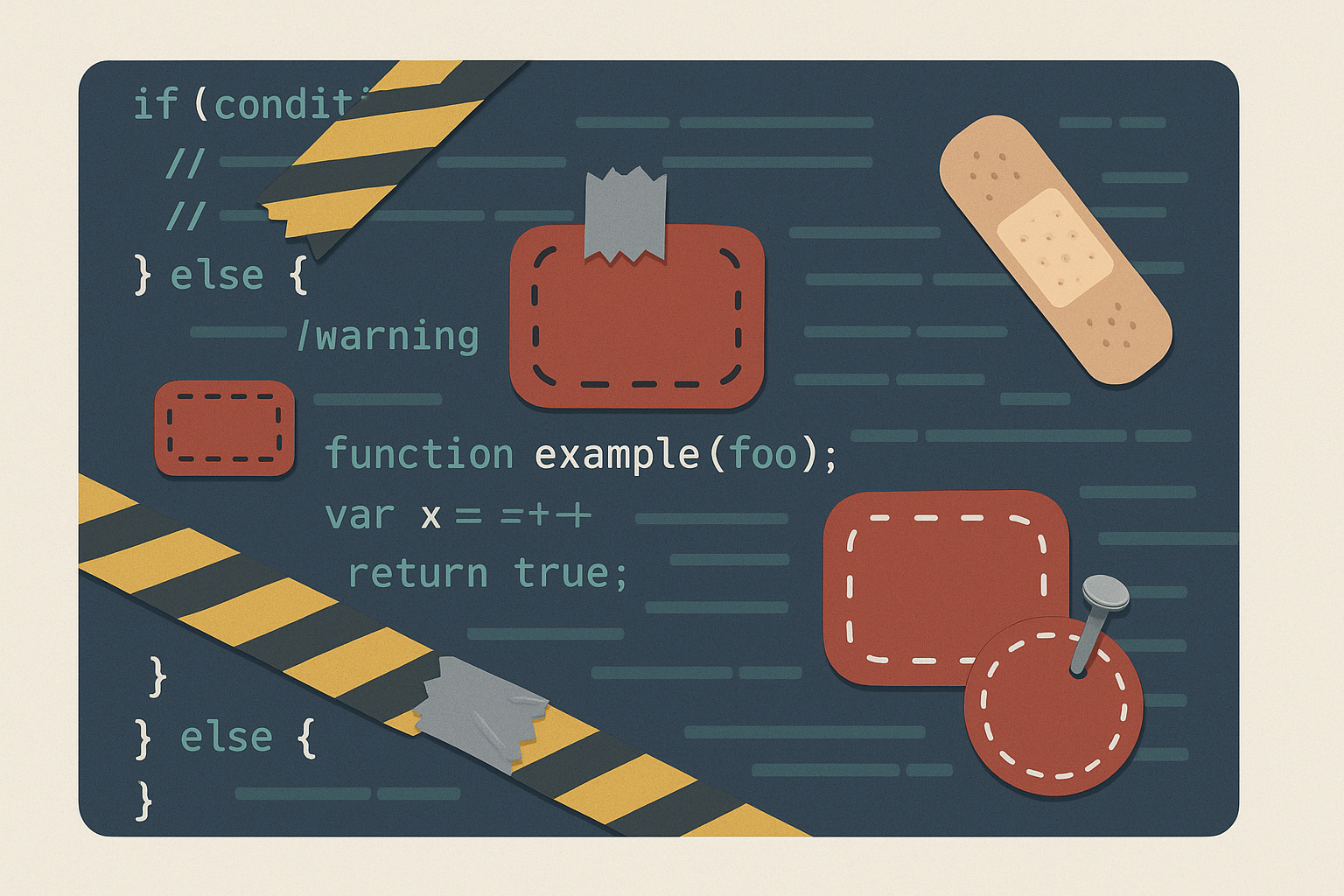In Spain, self-employed workers pay a monthly social security contribution to cover their occupational risks. At the end of 2022, the government announced changes to these payments. These have recently come into force.
In this Befree blog post we explain all the changes to the 2023 self-employed contributions. In addition, we group together the arguments for and against the new measures.
What are the new 2023 self-employed quotas for 2023 like?
The main novelty of the new self-employed quotas for 2023 is the elimination of the flat rate. Until now, all self-employed workers paid the same contribution regardless of their income. From now on, they will be established according to the income of each self-employed worker.
A reduced quota is established for self-employed workers with low incomes. This quota will apply to those earning less than 25,000 euros per year, and will be adjusted annually in line with the CPI. The measure aims to alleviate the financial burden of self-employed workers with lower incomes. On the other hand, an ordinary quota is set for self-employed workers with average incomes. This quota will apply to those earning between 25,000 and 50,000 euros per year and will also be adjusted annually in line with the CPI.
Finally, a high quota is set for self-employed workers with a high income. This quota will apply to self-employed workers earning more than 50,000 euros per year, adjusted annually in line with the CPI. In addition, a minimum quota of 50 euros per month has been established for those self-employed workers who do not reach the minimum income threshold. This measure prevents self-employed workers with very little income from having to cease their activity due to the tax burden of the self-employed fee.
Another important novelty is the introduction of a 50% rebate on contributions for self-employed workers who hire through the Social Security. This measure aims to encourage the hiring of workers by the self-employed, which is expected to help reduce unemployment and improve the overall economic situation. The Government has provided an online calculator to determine the contribution to be paid by each self-employed person. You can access it by clicking here.
The Government’s defence…
Among the arguments in favour offered by the Government is the fact that the new fee structure will allow for greater progressivity in the contribution system. The elimination of the flat rate and the establishment of different contributions according to income will allow those workers earning higher incomes to contribute proportionally more to the social security system.
In addition, the new contribution structure also seeks to encourage the formalisation of the self-employed. With the elimination of the flat rate, it is expected that many workers who are not currently contributing to the social security system will do so. This will increase social security revenues and thus improve social protection for all workers.
In summary, the new contribution structure for the self-employed in Spain, which will come into force in 2023, aims to improve the social protection of the self-employed, encourage their formalisation, and allow for greater flexibility in the contribution system. Although there has been criticism from some quarters, the government considers that these measures are necessary to adapt the system to the current economic reality and improve social protection for the self-employed.
… and criticism from the self-employed
Spain’s new quota structure for the self-employed has generated some controversy among the country’s self-employed. Although the government has argued that this measure aims to ease the tax burden on lower-income workers, many self-employed workers have complained about the new fees.
One of the main reasons for this criticism is that, with the elimination of the flat rate, many self-employed will be forced to pay more in fees. This is particularly worrying for those who are in a precarious financial situation, as they will face an additional tax burden.
Another reason why many self-employed people have complained about the new fees is that, despite the fact that different fees are set according to income, there are still some uncertainties as to how this income will be calculated. This has caused concern among the self-employed, as they fear that the new contribution structure will not be fair and will be applied disproportionately.
In addition, some self-employed people have pointed out that the new fees could have a negative impact on entrepreneurship and economic growth in the country. This is because, if the fees are too high, many self-employed people may choose to close their businesses or hire fewer employees, which in turn could have a negative impact on the economy as a whole.






